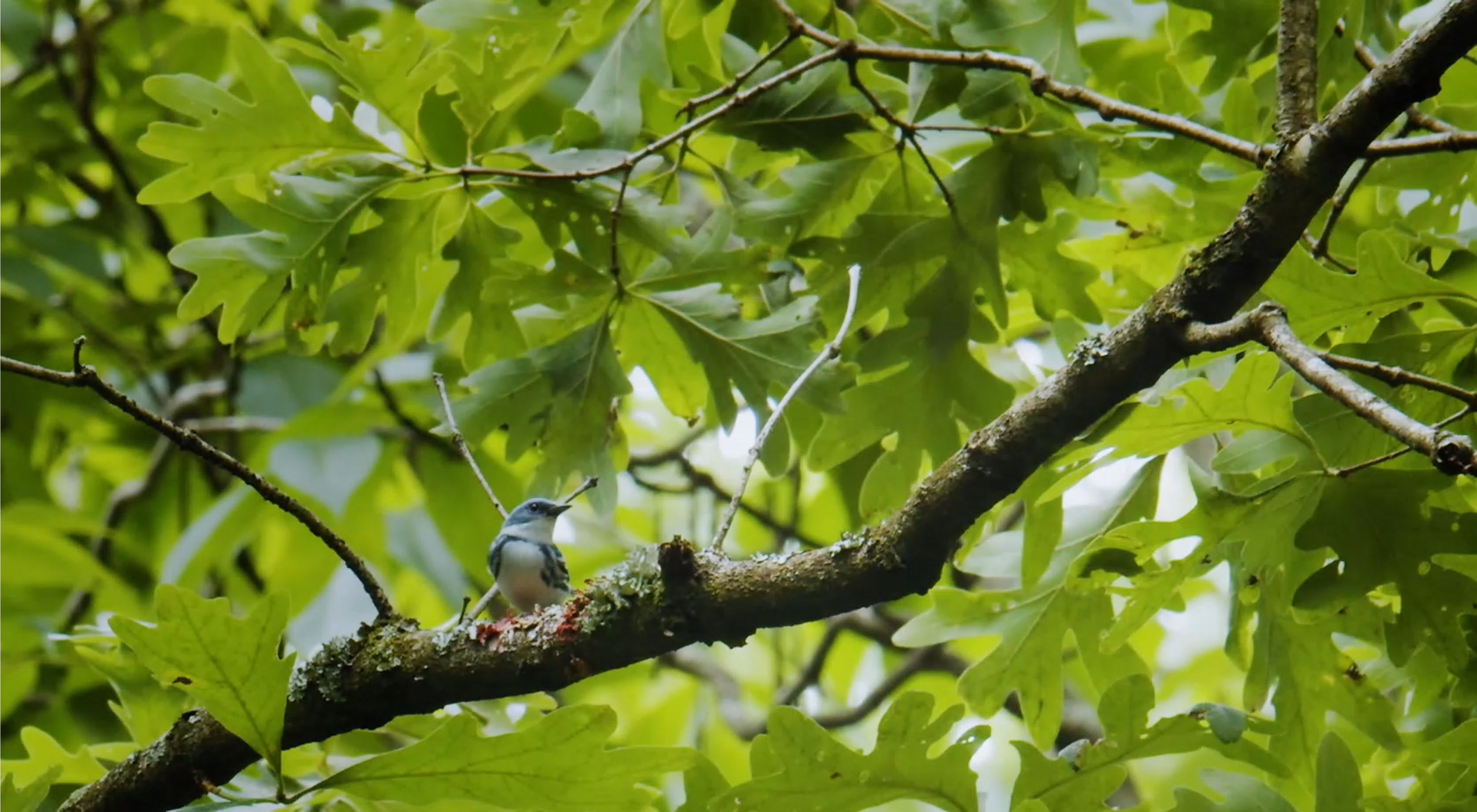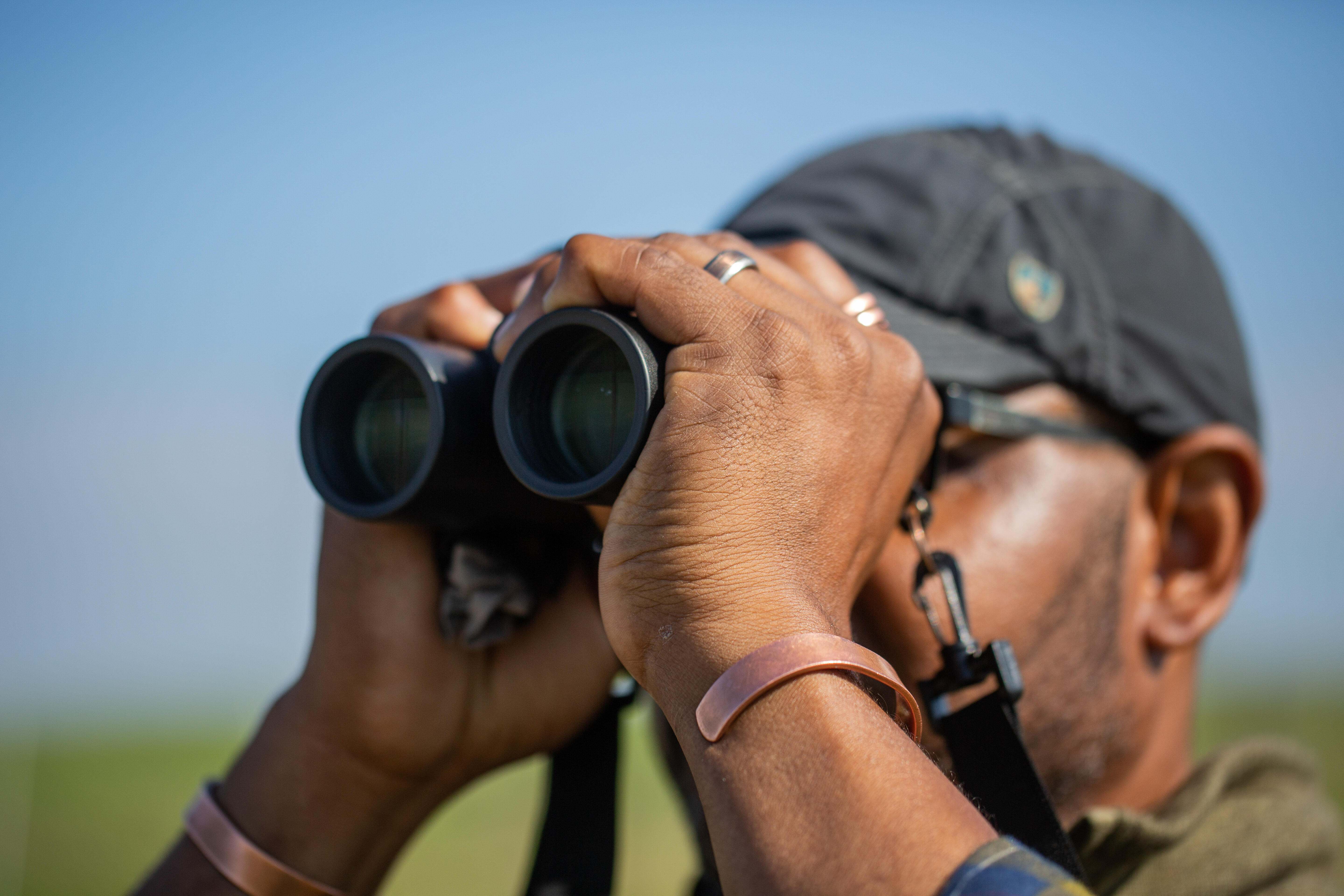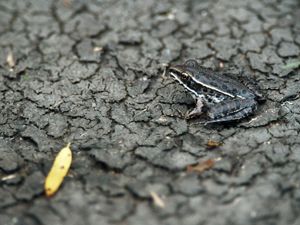Keep Up with Wisconsin’s Nature
Sign up for our monthly email to stay in the loop!
Wisconsin is not only rich with diverse native bird species, but our state is an important spot for migratory species as well. From strutting, multicolored city pigeons to the soaring silhouettes of hawks circling, birds can be found just about everywhere people are.
And, birding (or bird watching) is an easy way to connect with nature because all you really need is a sense of curiosity, maybe a field guide or app, inexpensive binoculars and some patience. And, as you begin to watch birds, you’ll not only find yourself spotting more birds than you likely realized were around you, but you’ll find yourself more tuned into the natural world.
What You Need to Begin Bird Watching
- Field Guide or Mobile Bird ID App: Field guides and bird ID apps help you identify birds and give you basic information on their life histories, range, seasonality and more. Plus, some mobile apps, like Merlin BirdID from Cornell Lab of Ornithology, give you the opportunity to identify birds by their songs and calls, too!
- Binoculars: Having a pair of binoculars to help you see birds up close is important as you’re learning how to identify bird species. The good news is you don’t need to spend a ton of money on binoculars. Any kind will do, as long as they make far away things look closer and work for your needs.
- Journal or Notepad: Writing down the birds you’re seeing and hearing each day can help you learn birds faster and help you get a sense of when to expect which types of birds. You can also record any other nature observations you make each day, giving you a picture of what the natural world does around you from season to season and year to year.

Birds in Wisconsin
Now that we’ve covered the basics of birding, let’s go over what you might see in Wisconsin throughout the year.
Backyard Birds
Wisconsin is a year-round home to many vibrant bird species that you can see around your home, neighborhood or local parks and natural areas. Winter is an especially good time to watch for these birds, as they’ll often come to feeders and are easier to see with the leaves off the trees.
Learn More about Backyard Birds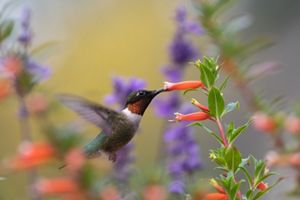

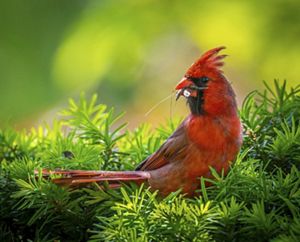
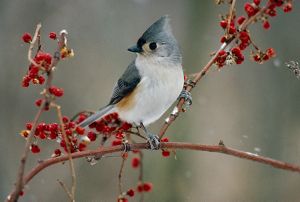







Ruby-throated Hummingbird: Male ruby-throated hummingbirds only stay around females long enough to court and mate; the female cares for the eggs and babies on her own. © Kurt Noeske/TNC Photo Contest 2021

American Robin: Because robins like to forage worms and insects from lawns, pesticide use in yards can make them sick, making them an indicator of environmental health. © Tom Fenske/TNC Photo Contest 2019

Northern Cardinal: Not many songbird females sing, but female cardinals do, usually while sitting on their nest. Scientists think this might be to tell her mate when to bring food to the nest. © Barry Rosenberg/TNC Photo Contest 2019

Tufted Titmouse: When it comes to nest building, tufted titmice are brazen, lining their nests with fur that’s often plucked directly from living animals, like raccoons. © Janet Haas

Downy Woodpecker: The smallest woodpecker in North America, downy woodpeckers can hunt where larger species can’t, opening weed stems and goldenrod galls to find insects and grubs. © Layton F. Rikkers

American Goldfinch: Goldfinches nest in June or July, when wildflowers like milkweed or thistle begin producing enough seeds to feed their young. © Andy Raupp/TNC Photo Contest 2022

American Crow: Crows are extremely intelligent and gregarious birds. They will make and use tools to help find food or to drop on predators that get near their nests. © Mark Daniels

Indigo Bunting: These migratory songbirds fly at night, using the stars to navigate with an internal clock that lets them adjust their course as the star moves across the sky. © John A. Harrington

White-breasted Nuthatch: In the winter, white-breasted nuthatches join large foraging flocks of chickadees and titmice, which helps them find more food and gain protection from predators. © Sujata Roy

Black-capped Chickadee: These common, tiny birds have an amazing ability to replace old brain neurons with new ones, allowing them to quickly adapt to changes in their environment and social flocks. © Darrell Bodnar
Prairie Birds
Birds that live in and depend on grasslands and prairies face some of the most sustained declines due to habitat loss and fragmentation. TNC’s work to restore, protect and maintain Wisconsin’s native prairies, such as Spring Green Preserve and the Military Ridge Prairie Heritage Area, ensures that these birds have the habitat necessary to thrive.
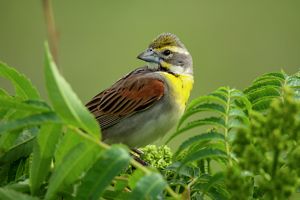
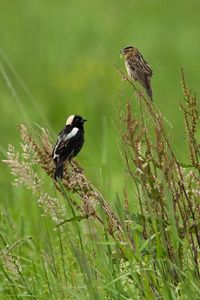
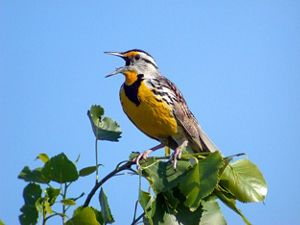
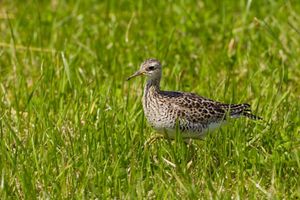

Dickcissel: In the fall, dickcissels come together, forming larger and larger flocks for their southern migration. Once in their winter homes, these flocks can number in the millions! © Chris Helzer

Bobolink: Traveling up to 12,500 miles each year, bobolinks have one of the longest songbird migrations in the world. At night, they use the stars to navigate on their travels. © Kent Mason

Eastern Meadowlark: Even though they have “lark” in their name, they’re not in the lark family (Alaudidae); they’re members of the blackbird family (Icteridae). © Mike McDowell

Upland Sandpiper: These birds are considered indicator species by scientists; prairies that have upland sandpipers are likely healthy habitats for other wildlife. © Dennis W Donohue/Shutterstock

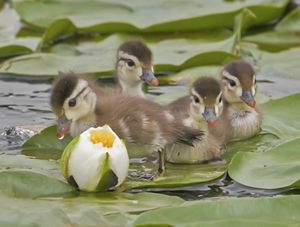

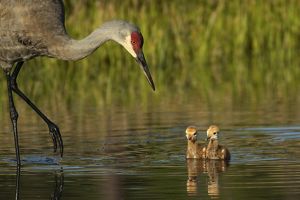
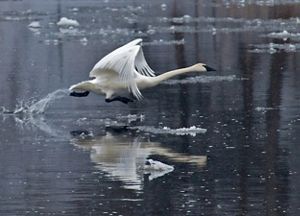
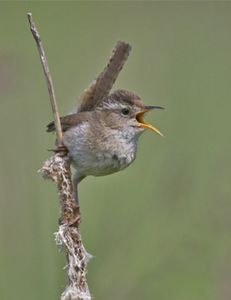
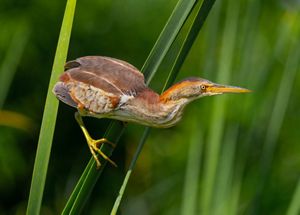
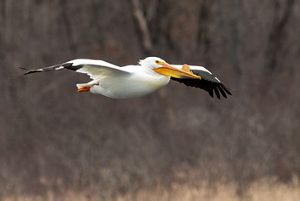
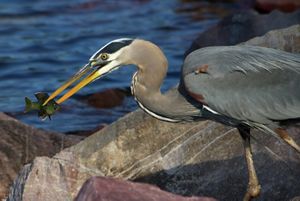
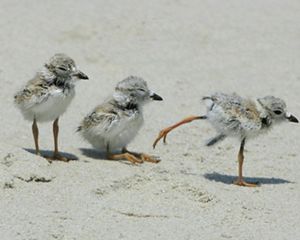

Common Loon: Loons are truly water birds, only going ashore to mate and incubate their eggs. In the water, they’re fast, nimble swimmers, chasing and often eating fish underwater. © Kathleen Janik/TNC Photo Contest 2021

Wood Duck Ducklings: One of the few duck species that have strong claws to grip bark and perch on branches, wood ducks nest in tree cavities or nest boxes near wooded swamps or lake shores. © Duke Coonrad/TNC Photo Contest 2019

Green Heron: One of the world’s few tool-using birds, green herons will make fishing lures out of insects, feathers, or other items, dropping them on top of the water to attract fish. © Bob Fritz /TNC Photo Contest 2019

Sandhill Crane: At about eight hours after hatching, sandhill crane chicks can leave the nest and begin swimming. © Roxana Walters/TNC Photo Contest 2019

Trumpeter Swan: Weighing 26 pounds or more, male trumpeter swans are the heaviest flying birds in North America and need more than 300 feet of clear space to run to take-off in flight. © Gerald H. Emmerich Jr.

Marsh Wren: Tiny male marsh wrens are busy birds, building several nests to claim their territories and to give any interested females a selection of nests to choose from. © Duke Coonrad/TNC Photo Contest 2019

Least Bittern: When startled, these small wading birds will freeze with their bill pointed skyward, imitating marsh plants. Sometimes they’ll even sway in the breeze! © Jon Burket/TNC Photo Contest 2021

American White Pelican: These large birds will hunt fish in groups, coordinating their swimming to drive fish toward shallow waters where they can snap the fish up easily. © John A. Harrington

Great Blue Heron: The long, graceful necks of great blue herons have specialized vertebrae that allow them to quickly strike fish and other prey from a distance. © Steve S. Meyer

Piping Plover Chicks: Masters of camouflage along the soft sandy areas around the lakeshore, adult piping plovers will frantically call and act injured to lure predators away from their nests. © Dottie Dowling
Forest Birds
Throughout the year, Wisconsin’s forests are alive with birds, from majestic owls to tiny migratory warblers. However, birds in forests suffer from habitat loss, as forests are harvested for timber or cleared for development. TNC-managed forests like the Baraboo Hills or the Catherine Wolter Wilderness Area provide vital homes for these birds.
Learn about birds in the Baraboo Hills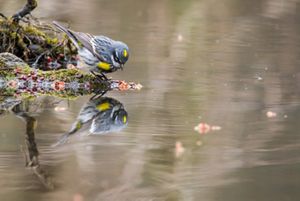
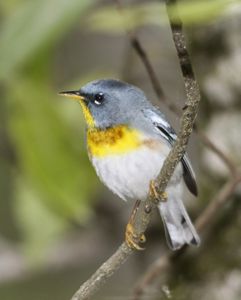
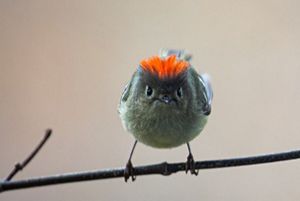



Yellow-rumped Warbler: Because they winter farther north than other warblers, yellow-rumped warblers are the only warblers able to digest waxy bayberries and wax myrtle berries. © Jason Jablonski /TNC Photo Contest 2018

Northern Parula: This species’ unusual name comes from the word “parus” which means little titmouse. © Jeff Lewis

Ruby-crowned Kinglet: Smaller than a chickadee, ruby-crowned kinglet females lay incredibly large clutches of eggs, up to 12 at a time. An entire clutch can weigh as much as the female herself! © John A. Harrington

Ovenbird: A ground-foraging warbler, the ovenbird gets its name from its nest, which is covered with a dome and has a side-entrance, making it look a little like a Dutch oven. © Fyn Kynd Photography

Blackburnian Warbler: These warblers are one of the easiest to learn to spot—they’re the only North American warblers that have an orange throat. © Layton F. Rikkers
Migratory Birds
During spring, Wisconsin welcomes migrating birds from Colombia and other states and countries, as they arrive at our lush prairies and deep forests to breed and raise their young before heading home in the fall. The Baraboo Hills are a great place to see these travelers, with as many as 250 different species passing through or staying in the area.
The Top 3 Migrations in Wisconsin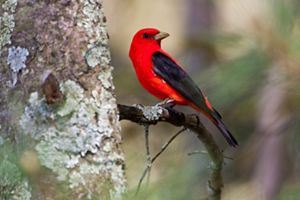

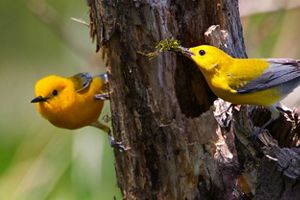
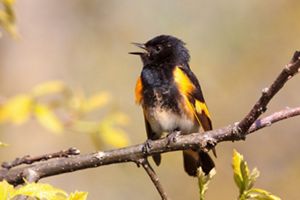


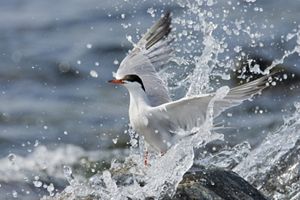

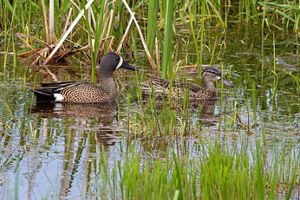
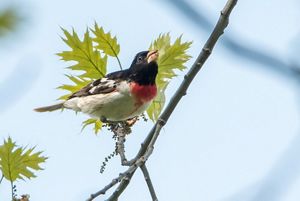

Scarlet Tanager: To spot scarlet tanagers in the summer, you’ll need to look way up, as they stay high in the forest canopy. © Steve S. Meyer

Common Nighthawk: Common nighthawks blend into their surroundings and are easiest to see at dawn and dusk as they forage for aerial insects on the wing. © Scott Copeland

Prothonotary Warbler: Preferring to make its home in swampy woodlands, prothonotary warblers are one of two warblers that build their nests in tree cavities. © Steve S. Meyer

American Redstart: As they dart and dash through the trees, American redstarts flash the bright patches on their wings and tail to startle insects and make them easier to catch. © Steve S. Meyer

Barn Swallow: Once cave nesters, barn swallows now nest almost exclusively on human-made buildings and other structures. © John A. Harrington

Peregrine Falcons: These falcons are one of the most widespread birds in the world, found everywhere except Antarctica. © Ariel Seroussi/TNC Photo Contest 2022

Common Tern: These migrating birds will drink water while flying, dipping their bills in water as they skim the surface. © kyle kusa/TNC Photo Contest 2019

Cerulean Warbler: Female cerulean warblers use spider webs in their nests, reusing them if necessary in any additional nests because they are too valuable to waste. © TNC

Blue-winged Teal: These ducks are one of the last ducks to head north in the spring and one of the first to move south in the fall. © John A. Harrington

Rose-breasted Grosbeak: Both the male and female rose-breasted grosbeak take turns incubating the eggs, singing softly to each other when they change places. © Layton F. Rikkers
Raptors
Raptors—also known as a bird of prey—are breathtaking birds to spot. Raptors are carnivores, hunting or scavenging other animals to eat. All raptors have at least three things in common: keen eyesight, a hooked beak and eight sharp talons. Wisconsin is home to about 29 species of raptor, some migratory and some living here year-round.

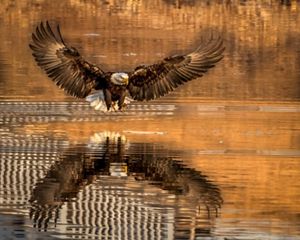
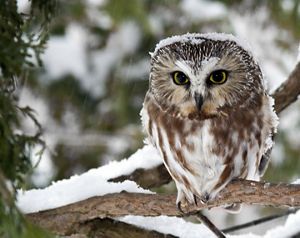


Osprey: These hawks have barbed pads on their feet and a reversible outer toe that allows them to be extremely adept at catching slippery fish, catching one fish every four tries. © Marcia Lanois/TNC Photo Contest 2021

Bald Eagle: While they’re good hunters, bald eagles often steal other creatures' fish, snatching prey from osprey (even in midair), fishing mammals and even people. © Marci Lanois/TNC Photo Contest 2022

Northern Saw-whet Owl: The preferred meal of saw-whet owls are deer mice, but these owls are so small, they will eat their tiny prey over two meals. © James D. Thompson

American Kestrel: These small but mighty predators can see ultraviolet light, which allows them to track the urine trails of voles, following the trail to catch their dinner. © Janet Haas
Climate Change and Birds
Thanks to rich habitats from wetlands to dry prairies, and deep forests to lakeshores, Wisconsin has abundant bird life year-round.
But, development and habitat fragmentation impact birds throughout our state and North America. Year-round birds face loss of the habitats they need to live, breed and thrive. Migratory birds have fewer places to stop, rest and eat on their journeys.
Climate change is making life even more challenging for birds in Wisconsin and elsewhere. According to the Wisconsin Initiative on Climate Change Impacts, “climate change is leading to earlier springs, milder winters and delayed falls. Many species are shifting their historic ranges and migration patterns in response to these changes. Not all species are able to adapt, however, leading to a mismatch between habitats and the migratory species that depend on them.”
Due to these challenges, more than 30% of America's bird species need immediate conservation attention, and some populations of migratory birds have declined drastically over the last 30 years. Worldwide, scientists predict that 10% of all bird species will become extinct by the end of this century.
But there is hope.


Preserving Land and Water
While climate change and habitat loss threaten the future for both native and migratory birds around the world, The Nature Conservancy is addressing these interconnected issues by conserving the lands and waters on which all life depends around the world.
In Wisconsin, TNC is using a new resilience mapping tool, created by TNC scientists in collaboration with partners, to ensure we are protecting and restoring the places we know will continue to be resilient and provide habitat for wildlife and plant species as the climate changes. We are also taking other actions that will help to reduce greenhouse gas emissions and help people and nature adapt to climate change.


Five Ways You Can Help Birds
While climate change and crises it’s causing for birds seem overwhelming, there are lots of things you can do right at home to help birds thrive.
-
Bird Watch and Share Your Observations
Monitoring bird populations is crucial to protecting them. Community bird watchers—like you—can record the birds you see and submit them to organizations like eBird or the Great Backyard Bird Count.
-
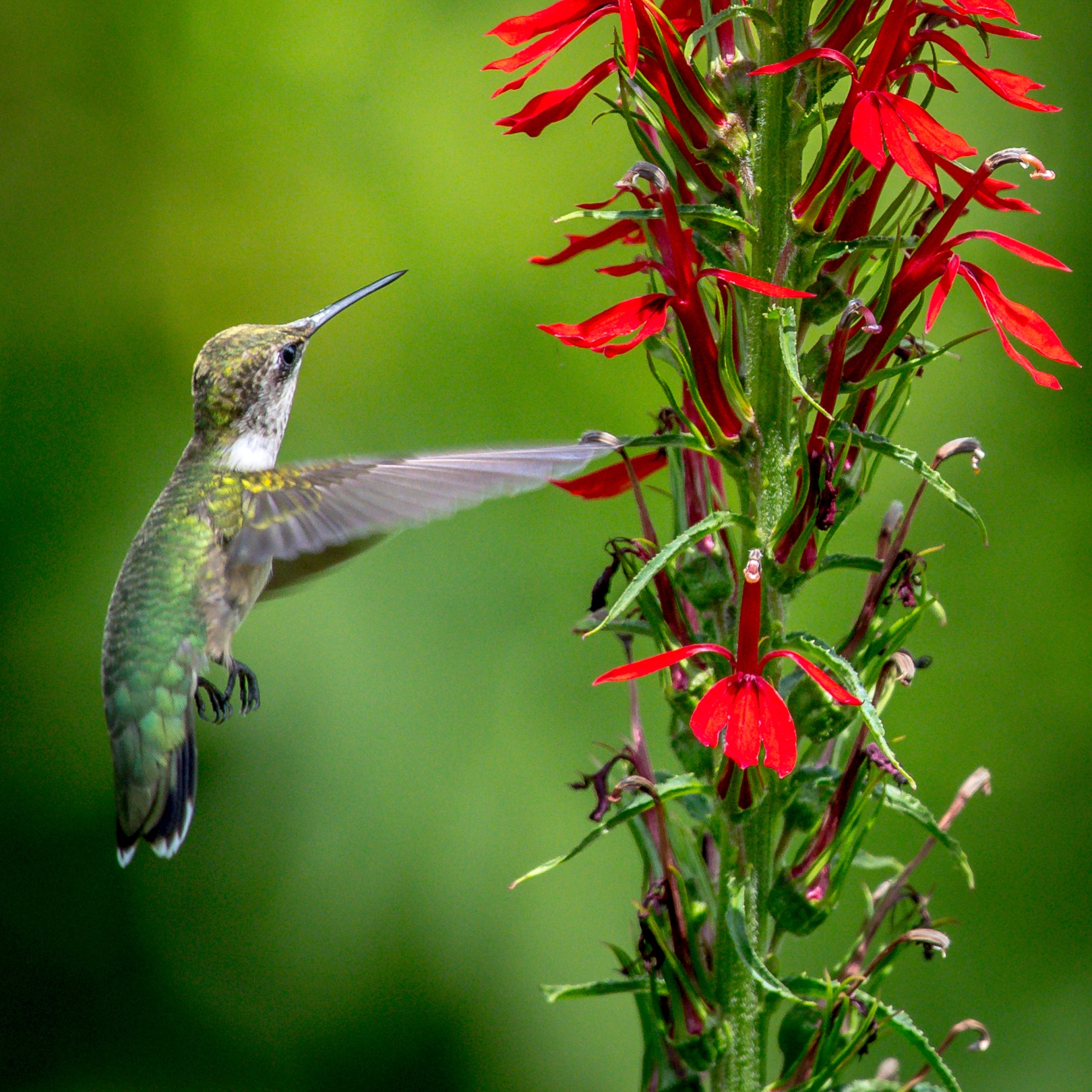
Plant Native
Birds depend on native plants for food, both for the insects on the plants and the plants’ nectar, seeds or fruits. Planting native plants can help birds find respite and food throughout the year.
-
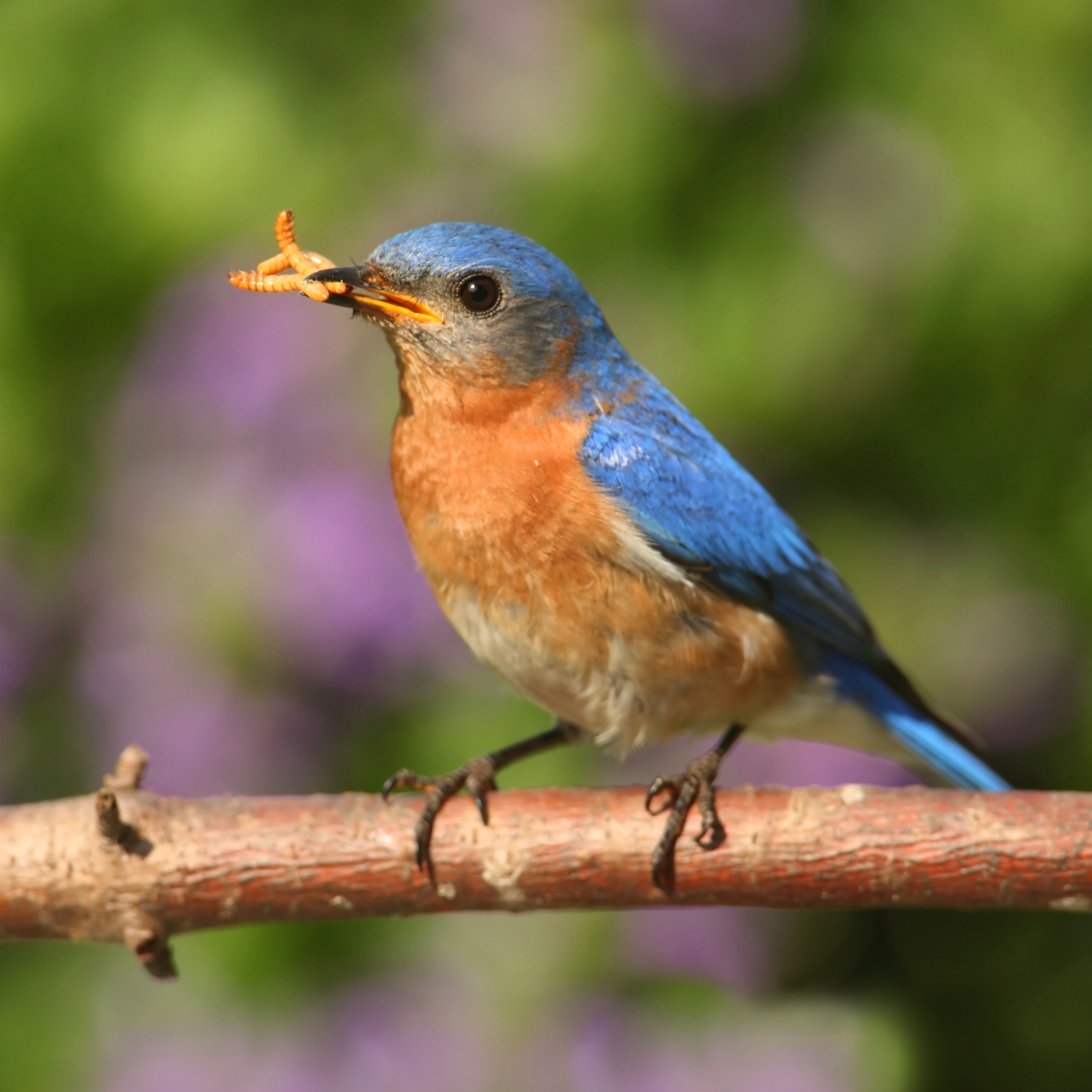
Stop Using Pesticides
Many birds depend on insects for food and to feed their young during the summer. By avoiding the use of pesticides, you can help ensure there are plenty of caterpillars, beetles and other insects for birds to eat.
-
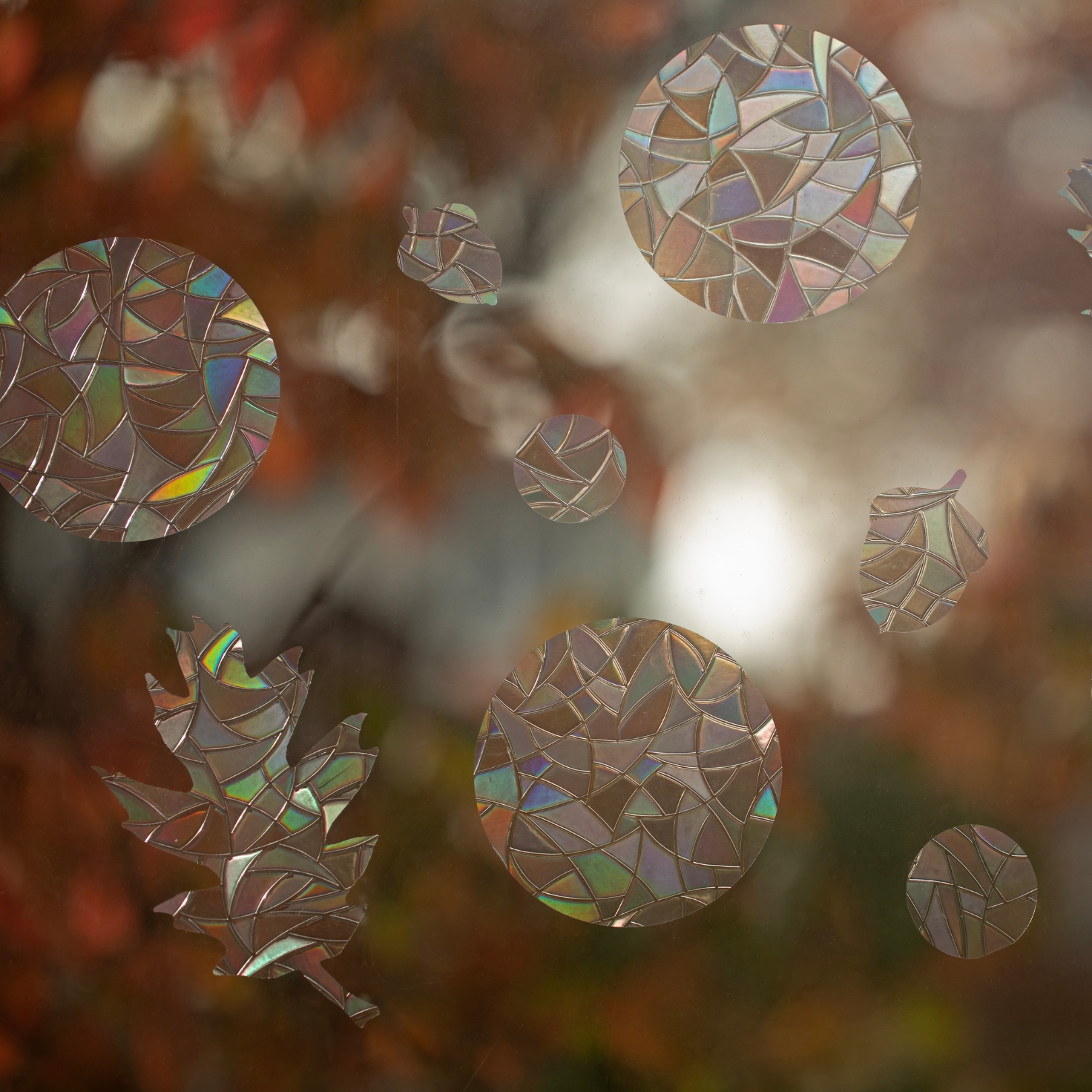
Make Windows Bird-safe
It’s estimated that more than one billion birds die each year due to window collisions. You can make sure your windows are safe by adding screens, strings or decals on the outside of your windows to break up their reflective surfaces.
-

Turn Off Outside Lights
Many species of birds migrate by night, using the stars to navigate. Outside lights, like porch lights or floodlights, can disorient these birds and throw them off course. Turning off outside lights can help migrating birds stay safely on course.
